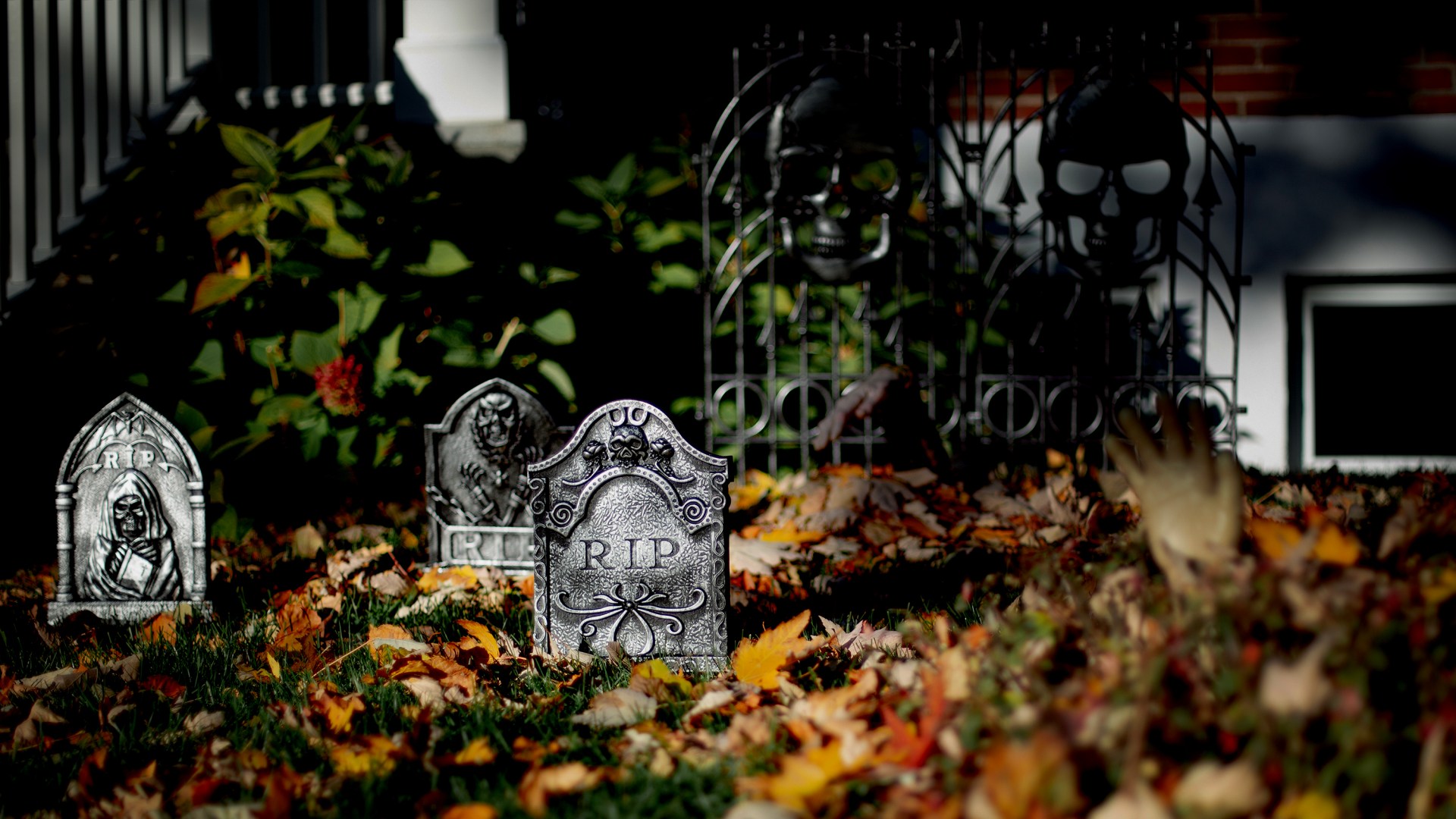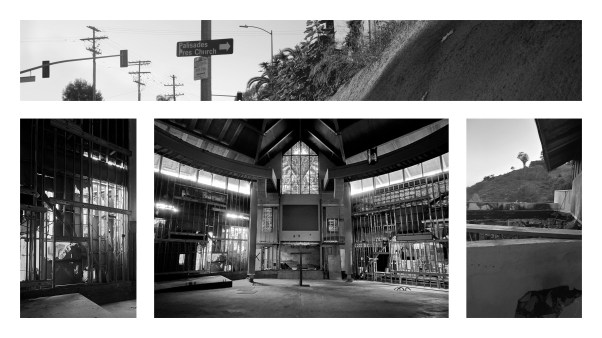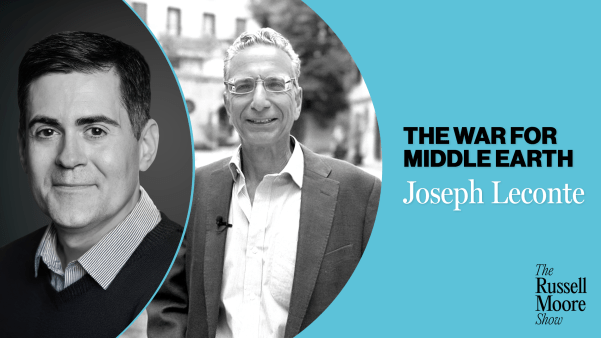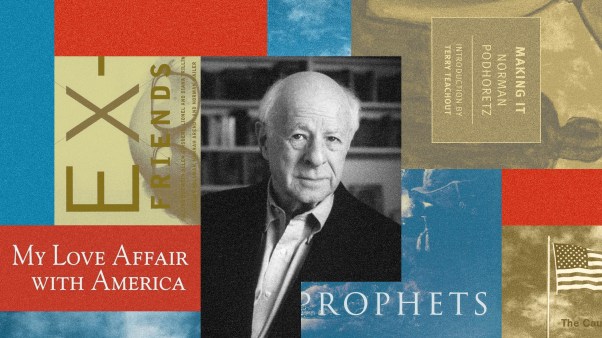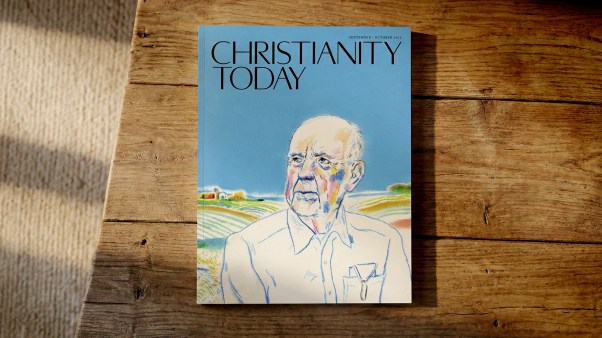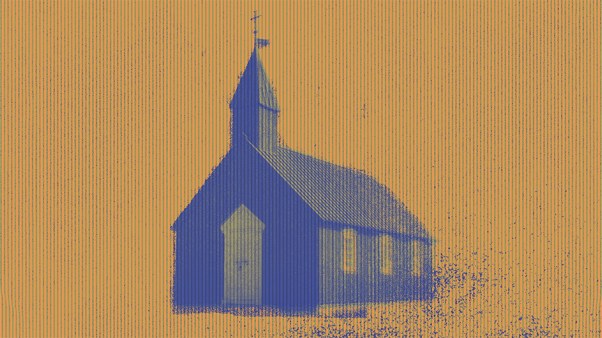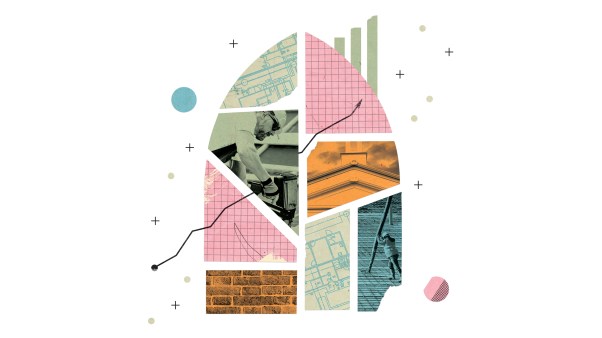Last October, my three-year-old developed an attachment to our neighbors’ Halloween décor. On our frequent walks to visit the enormous inflatable cat, I fielded questions about other yard displays. When we passed a house featuring plastic tombstones with corpses climbing out of the ground, I wasn’t sure how to answer the question “Mom, what does that mean?”
Another mother recently shared on Twitter that her neighbors have erected an eight-foot-tall zombie skeleton dangling a terrified child figurine upside down by his foot. She asked, “How scary is too scary for Halloween yard decorations?”
It’s a question I share. But behind it is another important question for Christians to ask: Why are so many people so fascinated with evil and death?
Americans spend 10 billion dollars annually on Halloween. In a culture that usually ignores death and dismisses the supernatural, the holiday stands out as a pressure release. Once a year, we express our repressed need to talk about these things.
As evidenced by a recent New York Times article titled “How to Live with a Ghost,” our annual obsession with the undead, the paranormal, and the macabre reveals our increasing curiosity about dying and our belief in evil. By reducing these mysteries to yard décor and costumes, we seek to domesticate and control our fears. Even the most garish Halloween rituals can be understood as religious—an attempt to answer the questions that haunt us.
But domesticating darkness is a false solution for believers and unbelievers alike.
“There are two equal and opposite errors into which our race can fall about the devils,” wrote C. S. Lewis in his preface to The Screwtape Letters. “One is to disbelieve in their existence. The other is to believe, and to feel an excessive and unhealthy interest in them.”
In the modern West, people tend toward both errors. On the one hand, they claim enlightenment from the superstitious religion of our ancestors. All that stuff about evil and hell was just fearmongering, the reasoning goes. Satan isn’t real; he’s just a figment of the medieval imagination.
On the other hand, however, there are few true materialists among us. Even after discarding the religious categories of the previous generation, the “nones” and the “dones” seek to fulfill an enduring religious hunger. They do so often through the very channel that historic Christianity has deemed off limits: occult activity.
“[Catholic] priests are fielding more requests than ever for help with demonic possession,” writes Mike Mariani in a cover story for The Atlantic titled “American Exorcism.”
He quotes Yale historian Carlos Eire: “As people’s participation in orthodox Christianity declines, there’s always been a surge in interest in the occult and the demonic,” leading to a “hunger for contact with the supernatural.”
This craving for supernatural contact is on full display during Halloween. However, it’s often paired with an insistence that our fixation on the powers of darkness is just for fun. The result is a strange sort of play therapy: People act out the stories they’re most afraid of in hopes of proving to themselves that they’re sovereign over these narratives.
The problem, of course, is that evil will not be tamed. No amount of exposure therapy or “spiritual experience” will give us power over darkness and death.
According to the Christian tradition, that’s both bad news and good news. The bad news is that our fears—however subconscious, however seemingly fictional—are real. Death is coming for us all, and it’s not our friend. We have an enemy who seeks to steal, kill, and destroy (John 10:10).
The good news is that we’re not left to face these fears in our own strength. Historic Christianity respects the power of evil and death without cowering to it. We renounce Satan and his work and put our faith in the One who conquered the grave.
For Christians on Halloween, that means two things.
First, we ought not shame people for their curiosity—even their interest—in evil. We can affirm the deeply human instinct to acknowledge spiritual realities, however trivially they are presented. Validating that instinct is not the same as blessing or participating in every cultural practice surrounding Halloween. (I’m still not a huge fan of the yard zombies.)
But rather than dismiss it outright, Christians can look for ways that our faith gives language to human intuition about animate darkness.
In an essay titled “Something Evil This Way Comes,” Fleming Rutledge quotes from Columbia University professor Andrew Delbanco’s book The Death of Satan: “Our culture is now in crisis because evil remains an inescapable experience for all of us [and yet we have lost our] symbolic language for describing it.”
Rutledge responds by arguing that “Christians do still have that symbolic language for evil, and it’s the best and most robust account of evil that there is.”
Christianity answers the questions that Halloween asks.
Second, Christians can bear witness to the light that will never be overcome by darkness (John 1:5). Our collective intellectual and moral power is not sufficient to control evil or even to stop its handmaiden, death. Try as we might, we remain vulnerable.
We die, and our loved ones die and are lost to us. Christian hope doesn’t soften any of this. We diminish the gospel when we rebrand evil as impotent or death as a “graduation” to heaven. Our hope lies instead in the One who has conquered these things in his own body and who will one day destroy them forever.
Saint Patrick was a missionary to Ireland during a very dark time in its history. The famous prayer attributed to him, “St. Patrick’s Breastplate,” boldly describes evil: devils, incantations, idolatry, witches’ spells, “every cruel and merciless power that may oppose my body and soul.”
But the focus of the prayer is not the description of darkness. Patrick’s resounding emphasis is on the breastplate that protects him:
Christ with me,
Christ before me,
Christ behind me,
Christ in me,
Christ beneath me,
Christ above me
Christian hope names the darkness but clings to the light. Our faith is strengthened when we face the gravity of death and embrace our need to be rescued from evil.
In this way, we remain connected to those who have died—not through séances or ghost hunting but through a shared belonging to Christ. In him, even our grief is hopeful, as we anticipate resurrection.
As believers, we learn to pray in the dark. Historically, at least, the church has prayed in the dimness of Easter morning. When the rest of the world is asleep and the sun is just about to crest the horizon, we say together, “The light of Christ! Thanks be to God.”
Hannah King is a priest and writer in the Anglican Church in North America and the associate pastor at Village Church in Greenville, South Carolina.

